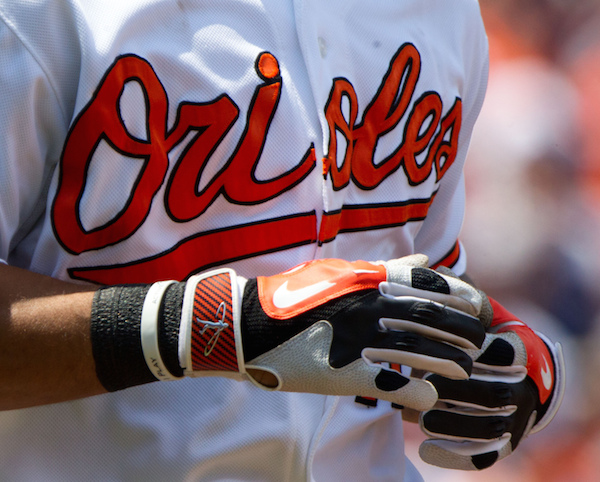Each fall, football colonizes the minds and hearts of sports fans around the country. Football is simultaneously one of the most compelling and confusing sports. It has so many different layers – the player experience, the coaching experience, the television or in person viewer experience, the gambler’s experience, the fantasy football experience, and more. Today we’re featuring three stories that peel away a few layers of football and examine one in great and exciting detail.
The Oral History of Joe Theismann’s Broken Leg
by Luke Mullins for Washingtonian
The breaking of Joe Theismann’s leg, which happened during a nationally televised football game 30 years ago, is one of the most famous sports injuries ever. This oral history covers not just the ordinary gruesome fascination but also some behind-the-scenes and after-the-fact areas that are completely new.
“From the day I got hurt, people have always come up to me and asked me about the injury. All the time. They ask, ‘How’s the leg?’ And I say, ‘It’s a little crooked, it’s a little short, but I’m able to use it.’ And whenever someone suffers a severe leg injury in sports, I always get phone calls from reporters to discuss it… What the injury did for me, it basically became my identity. I’m basically the godfather of broken legs. “If somebody breaks a leg, I usually get a phone call from the media. And by remaining relevant in this way, it gives me a chance to hopefully help people through a very difficult time. Doctors will clear you when your body is physically ready to go, but then you have to clear yourself through the mental hurdles. And that’s really where I try to offer assistance if I can.
The Comprehensive Illusion of Football
by Nicholas Dawidoff for The New Yorker
Dawidoff spent a year researching his book on one of the least accessible layers of football – the one coaches obsess over, which virtually only they have access to. He gives us a tiny fascinating hint of it in this article.
Football on television is an entity unto itself: the comprehensive illusion of football, far from the full picture. As a result, there may be no activity that draws closer public scrutiny that the public knows less about.
To see the full truth of a football game, you’d have to enter an N.F.L. facility on Monday morning and watch the game film along with the coaches. Coaching film has no audio and is shot from end zone and sideline angles at sufficient depth that coaches can see what all twenty-two players are doing. Football involves large, fast men navigating a limited patch of land over and over again, with a map designed for each one of these brief excursions. The coaches have made the maps, and they spend their film sessions scrutinizing every player’s every movement, assessing what worked, what didn’t, and why.
My Fantasy Football Nightmare
by Jason Gay for The Wall Street Journal
I’ve written a lot about fantasy football and I hope I’ve been able to make it more understandable but I imagine it’s still a subject of curiosity for most non-fantasy football owners. In this article, Jason Gay, a long-time sports columnist, describes his first experience with fantasy football with humor and a great deal of insight.
And see this is another thing: Fantasy Football makes you do crazy stuff. You now have a stake in meaningless contests you’d never consider watching in the past. That Vikings-Niners game was about as entertaining as watching a goat take a nap. And yet there I was, as the clock pushed midnight, because it suddenly mattered. Sort of. Even worse, I am irrationally mad at Torrey Smith for giving me no fantasy points Monday night. Until now I had no beef with Torrey Smith. Sorry Torrey!
(Fantasy has also lent clarity to a lot of NFL coverage. In the past, I didn’t realize why things like Dez Bryant’s busted foot got covered like a mission to the Moon. But now I know: because there are a bazillion fantasy players who want to know exactly how Dez Bryant’s injury impacts their fantasy team—if they, you know, need to swing a deal for Jerry Lee Pasadena. One week on fantasy has lent great clarity as to why Adam Schefter is now more powerful in this country than the Supreme Court.)




